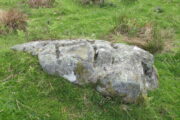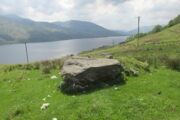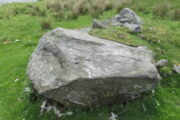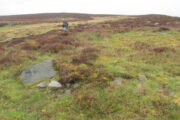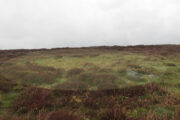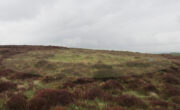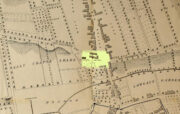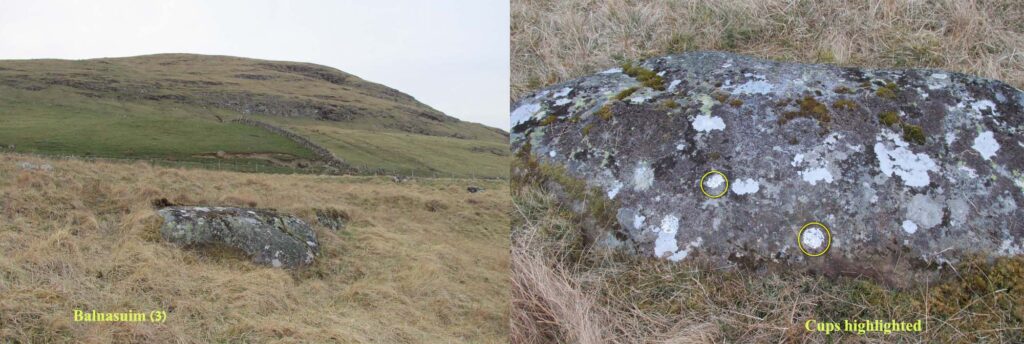Holy Well (destroyed): OS Grid Reference – NO 4035 3024
Also Known as:
- Bishop’s Well
- Saint’s Well
Archaeology & History
One of at least five sacred wells that formerly existed in old Dundee, this one dedicated to St. Clement was associated with the ancient church, also of his name. It could be found a short distance south of the church—itself long gone—”rising out of a knoll overhanging the river bank,” wrote Alexander Maxwell (1884) and possessing considerable renown to local people. This great Dundee historian found several early references to it in old council registers: one of which, from 1589, described a conflict regarding the building of a school on land owned by Andro Renkyne. And it was on this piece of land where St. Clement’s Well emerged. The school was built and then Rankyne built a gable up to the edge of the school but, in doing so, cut off his own access to the holy well. This somewhat short-sighted action of Renkyne’s was subsequently remedied in 1607 by Dundee Council. Maxwell told us:
“The Council “grantit him licence to strike furth ane windok in the north side wall of his tenement in St. Clement’s kirkyard, near to the well in the schoolhouse closs, or within the bounds of the said well, to the effect he may draw water furth of the well to his awn service, with this provision that he hald the windok continually close, except at sic time as the water is drawn thereat, and that he close up the windok with stane wark quhenever he beis requirit.”
The waters—”reputed to have sovereign virtues”— were protected and covered by an old well-house. When Alex Lamb (1895) came to write about it he told that it was of a circular form with “unmistakable traces of splendid workmanship.” On its stone roof was what seemed to be a somewhat crude carving of a bishop and because of this it acquired the name “Bishop’s Well.” Another title given it by some locals was the Saint’s Well.
In the middle of the 19th century the remains of the well-house could still be seen, albeit in a state of neglect between the school building and Renkeyne’s house. But their end was nigh. Maxwell continued:
“When the buildings were demolished a few years ago, the saint’s old well — its water yet pelucid and fresh — was discovered at the angle where the school joined to Andro’s house. Above it was the window which he struck furth for drawing water; but it had long before been built up and the purpose of it forgotten, and its curiously recessed position and uncouth masonry only served as a puzzle for ingenious antiquaries.”
Subsequently he lamented the demise of the well telling how it had “been covered over by the extension of the Townhouse.”
Folklore
Alexander Maxwell (1891) told how the church was used as a shrine by local people and fishermen, as St. Clement of Rome had been cast into the sea chained to an anchor and so became the patron saint of sailors. He thought such properties, “would, no doubt, be in request for the supply of ships.”
St. Clement himself was a very early, first century saint, said to have died in 99 CE. His festival date is 23 November.
References:
- Lamb, Alexander C., Dundee: Its Quaint and Historic Buildings, G. Petrie: Dundee 1895.
- Maxwell, Alexander, The History of Old Dundee, David Douglas: Edinburgh 1884.
- Maxwell, Alexander, Old Dundee, David Douglas: Edinburgh 1891.
Links:
- Canmore notes on St Clement’s Well
© Paul Bennett, The Northern Antiquarian
